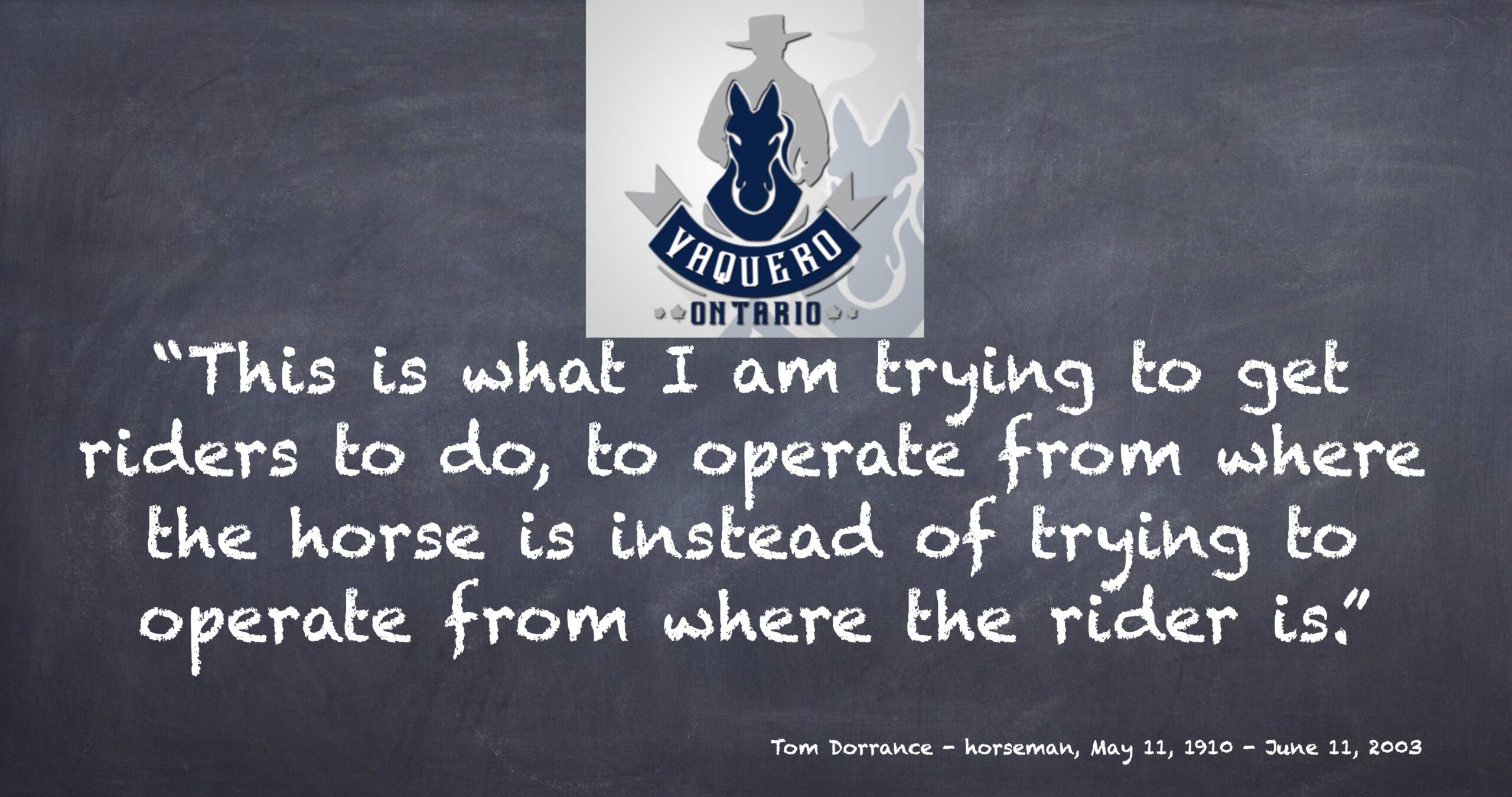The Loss of Horse Sense and the Importance of Thoughtfulness in Horsemanship
The term “horse sense” was once common parlance—my grandparents used it often. It essentially meant common sense or sound judgment and may have stemmed from the advice often attributed to Ray Hunt: “THINK.” Back then, people were generally considered more capable of thinking things through than horses were. But if you take a close look at how horses have been treated in modern equestrian sports, it becomes clear just how far we’ve drifted from true horse sense.
A big part of the disconnect might be due to the pace of modern life. Mechanization, convenience, and time pressures have all contributed to a growing gap between humans and the animals in their care. We rush. We cut corners. And in doing so, we often miss what’s most essential: the nature of the horse itself.
I recently witnessed a disturbing example. A couple was introducing two horses to one another for the first time. Instead of letting the horses get acquainted naturally, they turned them loose in an arena and chased them around with a whip—trying, it seemed, to force a leadership dynamic. Ironically, neither human appeared to be in control.
One of the handlers is the same person who’s inspired several of my recent blog posts—someone who, in my opinion, should not be allowed to work with horses at all. But this is a free world, and horses, sadly, don’t get to choose who owns them.
As the horses’ anxiety mounted, they sought connection with each other—but were driven apart by the constant crack of the whip. Rather than fostering calm or clarity, the chaos only escalated. The second person, more passive but equally unknowing, stood by smiling, seemingly oblivious to the damage being done.
They had no idea that they were setting the stage for a fearful, volatile first impression—something I go into more detail about in my earlier post, First Impressions. And yes, the whip-wielding handler was the same hot-tempered individual I mentioned there, the one who had been mishandling a young filly.
Introducing horses to one another doesn’t have to be complicated. It’s not intuitive for everyone, but it is simple. A calmer approach in the same arena might involve tossing a few flakes of hay on the ground, spaced well apart, and allowing the horses to meet naturally—without interference. That’s it. Let them be.
In nature, when horses form herds—whether it’s two or twenty—they establish hierarchy organically. You can’t rush that. You can’t choreograph it with whips or dominance. We tend to understand hierarchy easily in human groups, yet we often fail to see how naturally it forms in animal groups, too.
Left to their own devices, horses find their balance. Almost every horse, unless raised in extreme isolation, has learned the rules of herd behavior. These lessons begin early—often with a gentle correction from the mare during weaning—and they shape how horses interact for the rest of their lives.
Ray Hunt once said, “It’s easy to change the horse, but it’s hard to change the human.” And when it comes to herd dynamics, some pushing and posturing is inevitable. But whether the environment is calm or chaotic, the horses will eventually sort things out on their own.
This isn’t a competitive sport. There are no red cards, no scores, no points to be won. Human intervention—especially in the form of aggression—only complicates what should be a natural process. The silver lining to being around someone whose horsemanship is severely lacking is that they provide endless examples of what not to do.
That’s why I write these blogs—to shine a light on the common, preventable mistakes that are still so widespread in the horse world. Mistakes that come from impatience, ignorance, or just a lack of thoughtful observation.
All it really takes is a little return to true horse sense. Pause. Reflect. Ask yourself: Is my approach helping the horse, or is it making things worse?
In the case I described, no physical injuries occurred. But psychological wounds are harder to spot—and often take much longer to heal.

